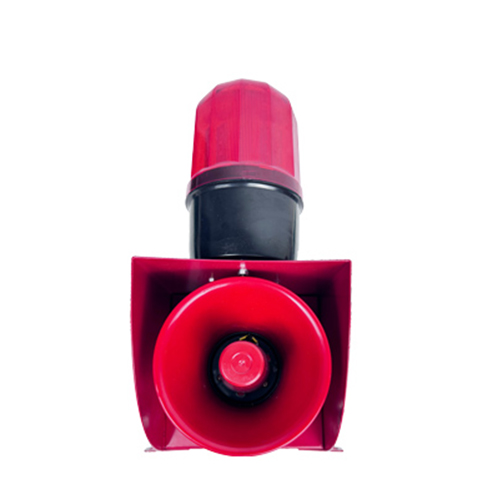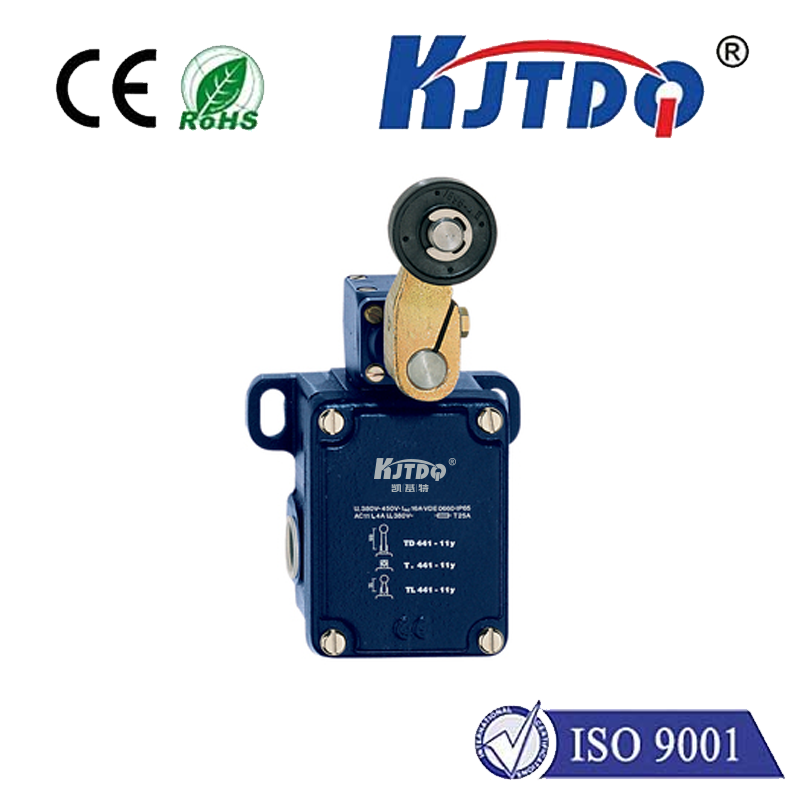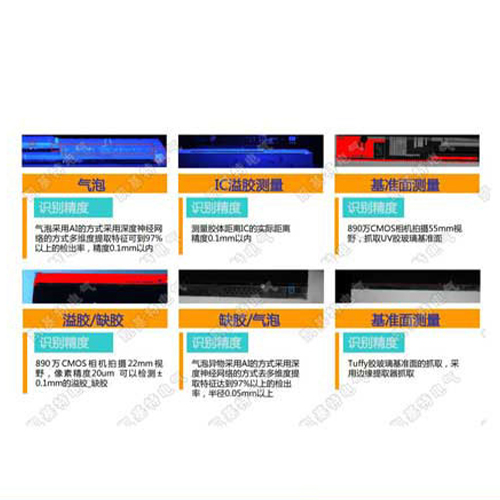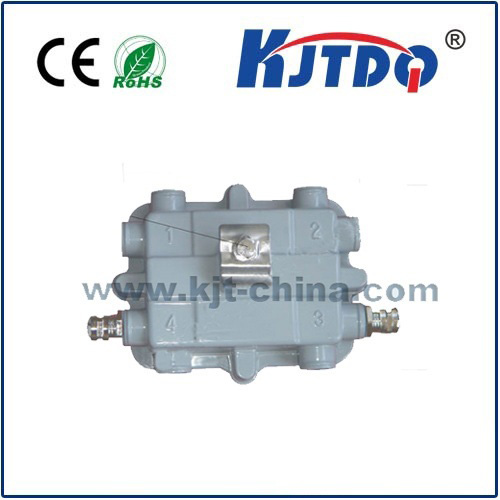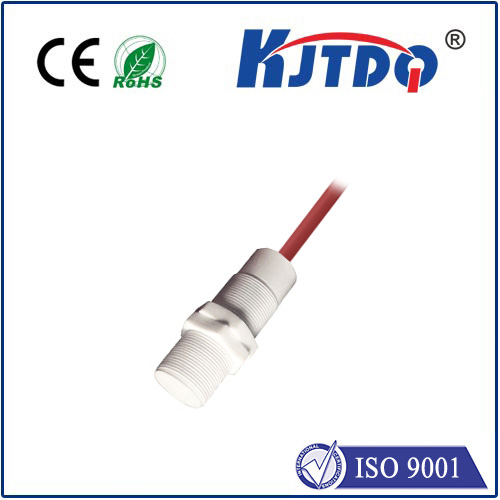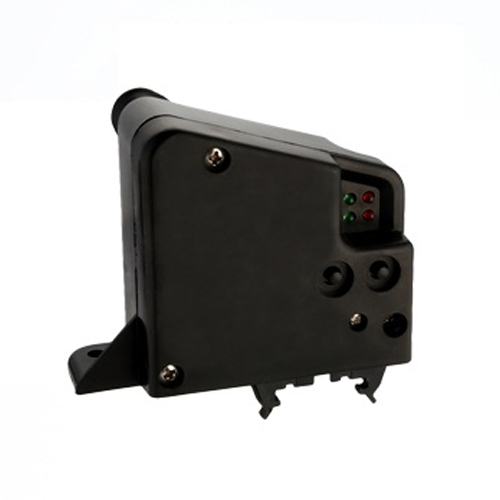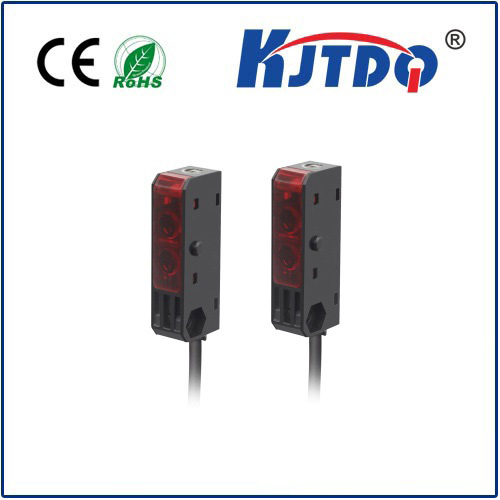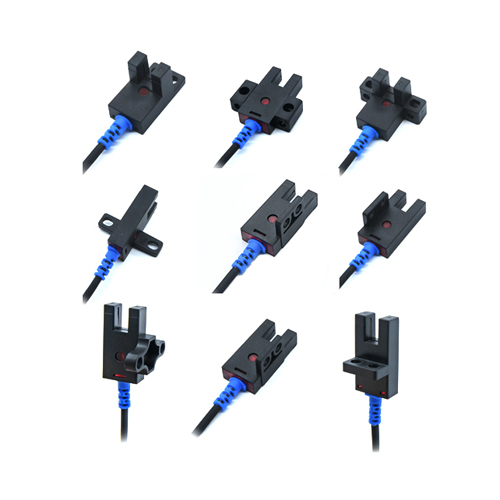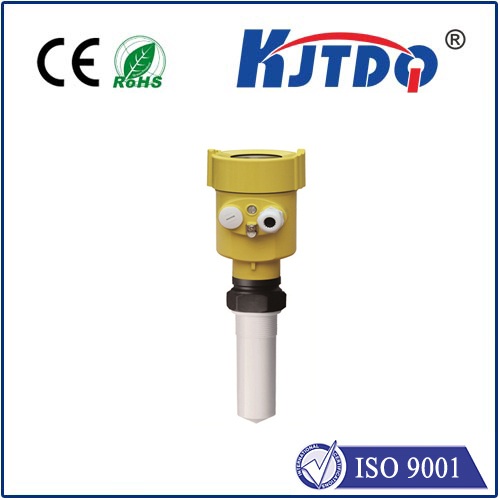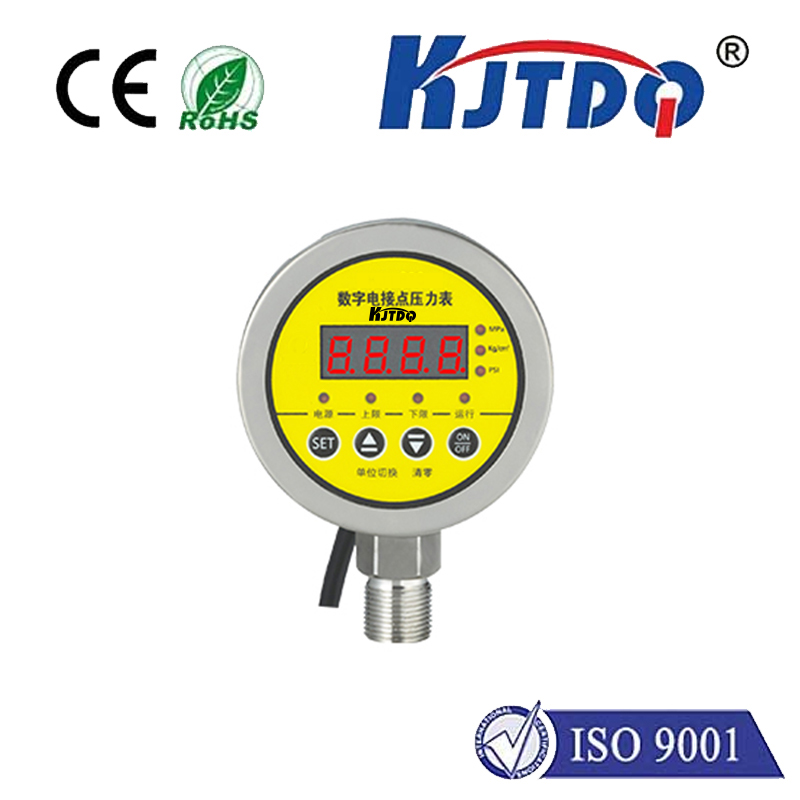

check

check

check

check

Title: The Versatility and Importance of Laser Ranging Sensors Introduction Laser ranging sensors, also known as LiDAR (Light Detection and Ranging) sensors, have become increasingly important in a variety of industries due to their ability to accurately measure distances and create detailed maps of environments. These devices work by emitting laser pulses that bounce off objects and return to the sensor, allowing for precise calculations of distance based on the time it takes for the light to travel. In this article, we will explore the different applications of laser ranging sensors and why they are so valuable. Section 1: Automotive Industry One of the most well-known uses of laser ranging sensors is in the automotive industry. Self-driving cars rely heavily on these sensors to navigate through complex environments safely and efficiently. By creating a real-time 3D map of the surrounding area, laser ranging sensors allow self-driving cars to detect obstacles, avoid collisions, and make decisions based on the information they collect. Additionally, traditional vehicles also use these sensors for adaptive cruise control systems, lane departure warnings, and parking assistance. Section 2: Robotics and Automation Laser ranging sensors are also essential in the field of robotics and automation. They enable robots to perceive their environment and make informed decisions about how to interact with it. For example, industrial robots use these sensors to perform tasks such as welding, drilling, and painting with high precision. Service robots, such as those used in healthcare or hospitality settings, also rely on laser ranging sensors to navigate around people and objects safely. Section 3: Surveying and Landscape Architecture In surveying and landscape architecture, laser ranging sensors are used to create accurate topographic maps of land. This technology allows professionals to measure large areas quickly and efficiently without having to rely on manual measurements. Laser ranging sensors can be mounted on drones or tripods, making them versatile tools for mapping difficult-to-reach locations such as mountainous regions or dense forests. These maps can then be used for construction planning, environmental monitoring, or urban development projects. Section 4: Gaming and Entertainment Laser ranging sensors are not limited to practical applications; they are also used in the gaming and entertainment industries. Virtual reality (VR) headsets use these sensors to track the user’s movements and provide a more immersive experience. Additionally, some augmented reality (AR) games incorporate laser ranging sensors to create interactive environments that respond to the player’s actions in real-time. This technology adds a new level of engagement and excitement to gaming experiences. Conclusion Laser ranging sensors have revolutionized various industries by providing accurate and reliable distance measurement capabilities. From self-driving cars to service robots, these versatile devices offer numerous benefits that improve efficiency, safety, and overall user experience. As technology continues to advance, we can expect even more innovative applications of laser ranging sensors in the future.
